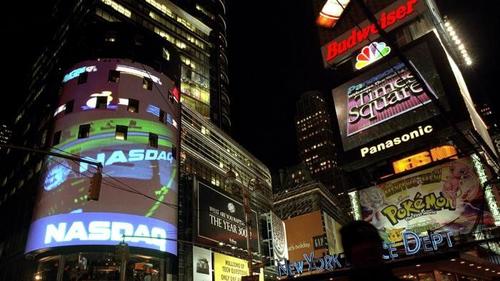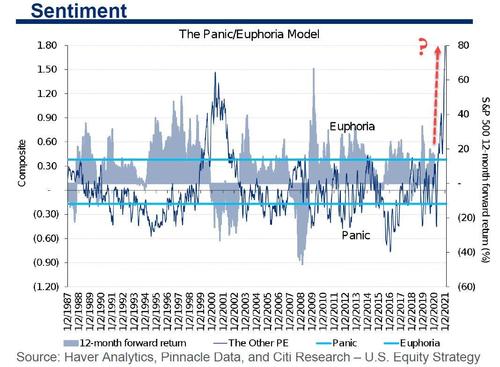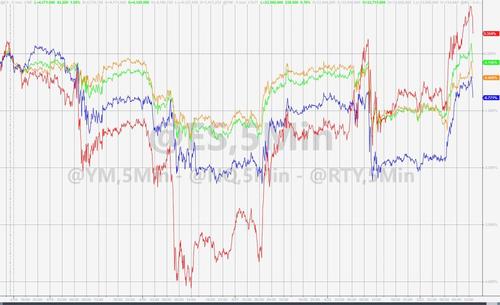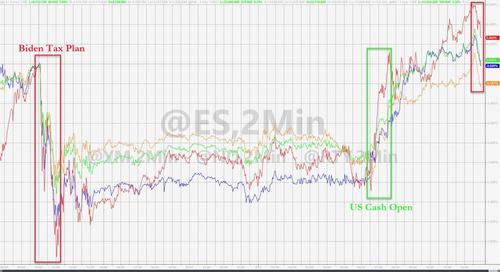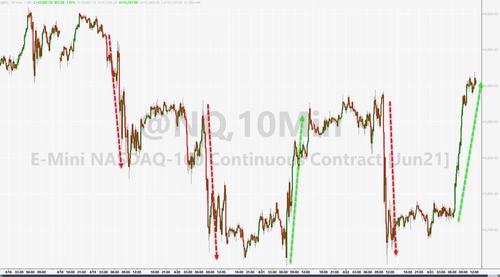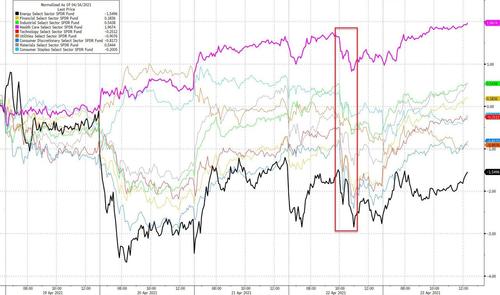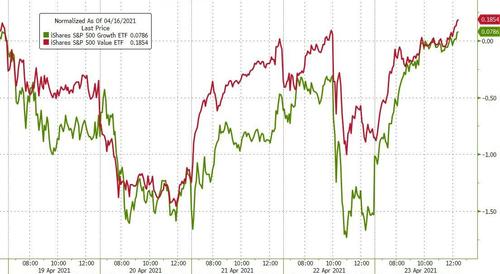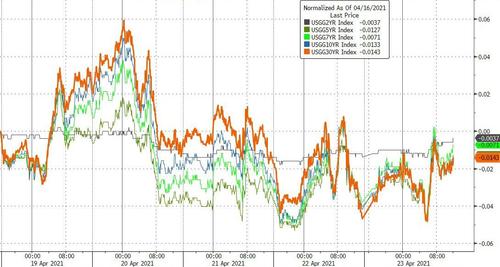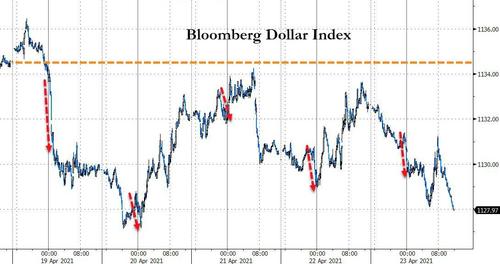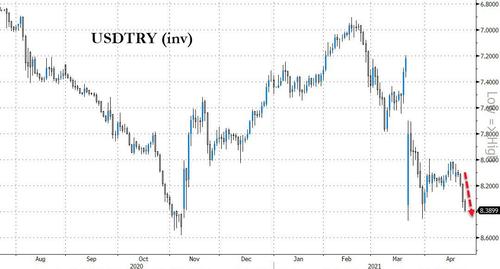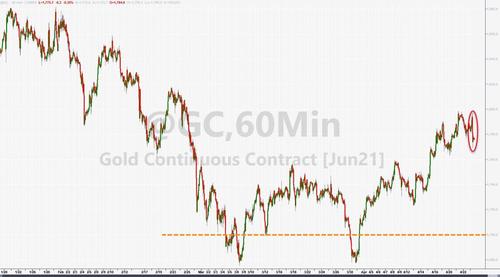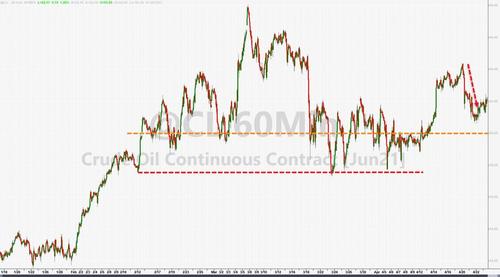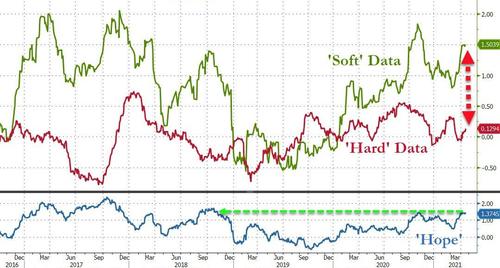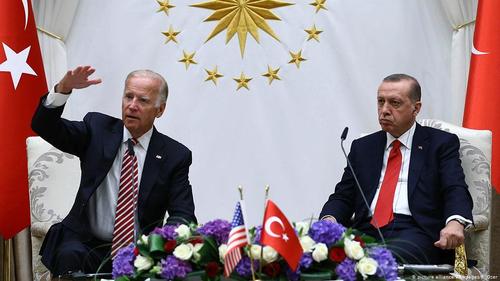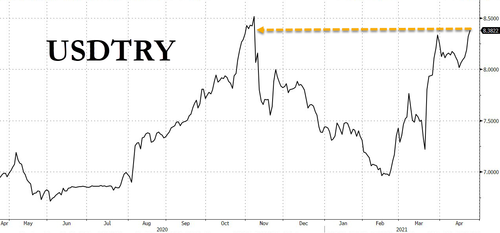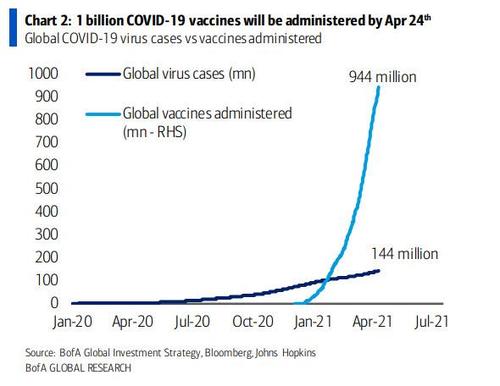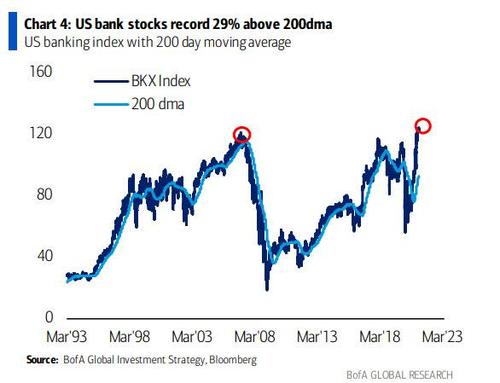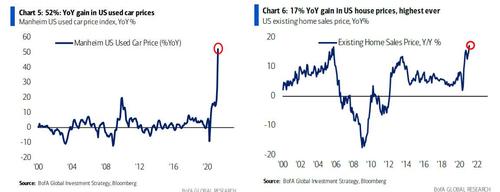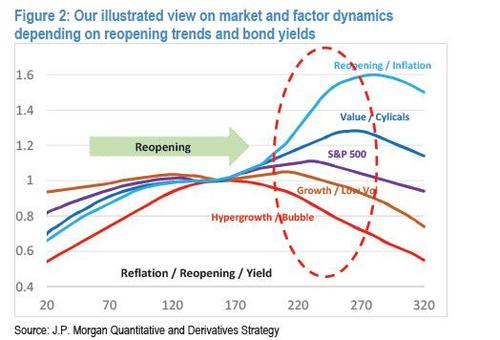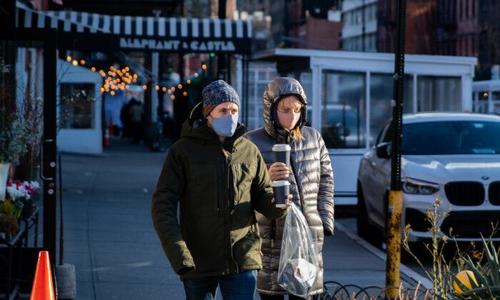Authored by Simon Black via SovereignMan.com,
Are you ready for this week’s absurdity?
Here’s our Friday roll-up of the most ridiculous stories from around the world that are threats to your liberty, risks to your prosperity… and on occasion, inspiring poetic justice.
Drug overdose deaths surged during lockdowns
The rate of US drug overdose deaths surged during the pandemic lockdowns, accounting for up to nearly 20,000 additional deaths.
The CDC measures the number of US drug overdose deaths over the previous year. In September of 2019, 68,757 people had died of a drug overdose in the previous year.
By September 2020, the number of deaths in the previous year rose to 87,203.
The biggest leap in deaths (+3,643) occurred between April and May 2020— just after lockdowns began in most of the US.
The CDC also notes that these numbers may be “Underreported due to incomplete data.” In other words, it’s likely that thousands more drug overdose deaths were ‘erroneously’ counted as COVID-19 deaths…
Click here to read the data from the CDC.
NASA shifts goal from space exploration to space diversity
NASA has been a driving force of scientific innovation and advancement ever since its creation in the 1950s.
After more than six decades of space exploration, you’d think NASA would be an organization free of petty politics and idiotic logic.
As an agency dedicated to the future, for example, one might imagine that NASA’s top priority would be hiring the brightest, most talented people they can find, irrespective of irrelevant characteristics like skin color, gender, or sexual orientation.
Sadly this is not the case.

Science is once again taking a back seat with the agency’s “Artemis Project,” whose goal is “to land the first woman and first person of color on the Moon.”
Again, it seems like NASA wouldn’t notice or care what’s swinging (or not swinging) between someone’s legs.
If the entire crew of the next voyage happens to consist exclusively of people who identify as seedless watermelons, because those are the most qualified individuals for the mission, then it shouldn’t matter. It shouldn’t even make the news.
But instead they’re going to spend $86 billion of taxpayer money to show the world how woke they are.
Click here to read the full story.
China creates “Rumor Refutation Platform”
A new app and hotline allow Chinese citizens to more easily report their neighbors to the government for having “mistaken opinions.”
The “Rumor Refutation Platform” allows users to report rumors and false information which go contradict the Chinese Communist Party. The party will determine what is truth in categories such as science, history, and of course, current political affairs.
China believes this will, “improve the ability of readers to identify rumors and false information.”
Officials “hope that most internet users will play an active role in supervising society…and enthusiastically report harmful information.”
Harmful information includes “distorting, slandering and denying Party, national, and military history. . . in an attempt to confuse people’s thinking.”
In other words, it’s anything that goes against the official narrative.
How jealous the US twitter mob must be.
Click here to read China’s official press release.
Covid Hypocrites: Michigan Governor and two officials caught traveling
The Governor of Michigan, Gretchen Whitmer, has been one of the strictest governors in enforcing lockdowns.
She still tells residents to only travel out of absolute necessity.
But she decided it was fine for her to travel to Florida before she was vaccinated to see her father.
She has a great excuse— he’s ill. Too bad that was no excuse for the peasants.
Even worse, two of Whitmer’s top administration officials traveled recently for vacations.
One was the director of the Department of Health and Human Services— the very department issuing the warnings not to travel!
Another took a spring trip to the state of Florida, while Whitmer specifically encouraged people NOT to go to Florida for spring break.
I guess those rules don’t apply to important bureaucrats.
Click here to read the full story.
Cheese is racist
At a local council meeting in the UK discussing food choices in schools, a member of Extinction Rebellion environmental group said:
“Arguably, there is a racist element to serving dairy too much because 65 per cent of the world’s population are lactose intolerant, many from the BAME (black, Asian and minority ethnic) community.”
She has started a petition to offer only plant based meals at council run events, and introduce at least two meat-free school lunch days per week in all public schools.
That will apparently be better for the planet, and less racist.
But it’s also about the pandemic: “intensive animal farming poses a significant threat for the development of new pandemics.”
So clearly a ban on meat in the name of Covid-19 is appropriate.
Click here to read the full story.
Teacher who raised money for charity facing $16,000 tax bill
No good deed goes unpunished when it comes to the government.
A Connecticut teacher used Facebook to raise over $40,000 for things like rental assistance and groceries for needy families in his community affected by Covid-19.
Then in January, he received a 1099 form from Facebook stating that he could owe as much as $16,000 in taxes for collecting the charity money.
Facebook tells users that they report to the government when over $20,000 is raised. And without being a registered tax-exempt charity, the government will want a cut.
The teacher has been forced to hire a local tax attorney, and says he expects to pay some amount of taxes on the money, but hopefully not the full $16,000.
Let’s make sure poor people are dependent on the government, and punish good Samaritans who take matters into their own hands.
Click here to read the full story.
“Nextdoor launches anti-racism notification to prevent discriminatory language”
The website Nextdoor.com is used by community members to share information about their neighborhood.
Now the app is launching tools to help people sensor themselves if they accidentally try to post something racist, like, “All lives matter.”
The company’s announcement explains:
“The new anti-racism notification detects certain phrases such as “All Lives Matter” or “Blue Lives Matter,” and prompts the author to consider editing their post or comment before it goes live.”
“All Lives Matter and Blue Lives Matter content is explicitly prohibited on Nextdoor when used to undermine racial equality or the Black Lives Matter movement.”
Click here to read the full blog post.
* * *
On another note… We think gold could DOUBLE and silver could increase by up to 5 TIMES in the next few years. That’s why we published a new, 50-page long Ultimate Guide on Gold & Silver that you can download here.

